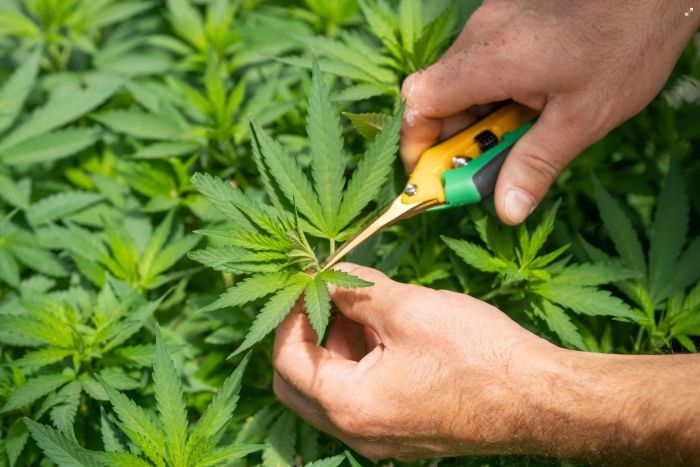Regulatory Amendment to allow Farmers to grow higher THC Cannabis crops

The Ministry of Social Affairs is drawing up a regulatory amendment that will allow for varieties of Cannabis sativa with a higher tetrahydrocannabinol (THC) content to be grown in Estonia.
The change will significantly increase the number of varieties hemp farmers can choose from to grow.
Currently, farmers in Estonia are only permitted to grow varieties of Cannabis sativa with a THC content of less than 0.2 percent. By the beginning of next year at the latest, that limit will be nearly doubled to nearly 0.3 percent.
The Ministry of Social Affairs is in the process of drawing up an amendment to its schedule of narcotic drugs and psychotropic substances. The change isn't driven by a more liberal drug policy, however, but rather European farmers' concerns over a limited assortment of permitted hemp varieties.
Ago Siiner, CEO of longtime hemp seed importer Perfect Plant, noted that under local conditions, just two currently qualifying varieties of hemp are worth growing in Estonia.
"But this change would make another three to five varieties accessible that would be possible for us to grow for seed," Siiner said.
Regulations were changed at the European level at the end of last year, when a European Parliament and Council of Europe regulation was implemented allowing for support to be paid for growing varieties of cannabis with a higher THC content.
According to Reno Paju, a Ministry of Rural Affairs official, this could help European farmers in comparison with other countries' farmers.
"In many other countries worldwide, the limit is 0.3-1 percent," Paju explained. "The EU is catching up with the rest of the world regarding this requirement."
Forbes magazine reported that there are currently around 70 varieties of cannabis listed in the EU's plant variety database. As a result of the change, farmers will gain access to another 500.
Some 6,800 hectares of hemp are currently grown in Estonia.
Paju said he doesn't think the change will have much of an effect on Estonian farmers, and believes that Finola will remain the most popular variety grown here.
Several local producers are instead waiting for change impacted by Estica, the new, domestic variety of Cannabis sativa registered this spring, which also has a significantly lower THC content than its Finnish cousin.
Paju noted that relaxing the rules will also help prevent instances of hemp growers whose crops have just exceeded the permitted THC being disqualified from receiving agricultural subsidies. In Estonia, there have only been a few such cases, dating back to 2017 and 2018, but this happens more frequently in Southern Europe, where hemp farming is more popular and growing conditions better favor the production of more THC.
"It was these member states' wish to further increase the percent limit," he noted.
